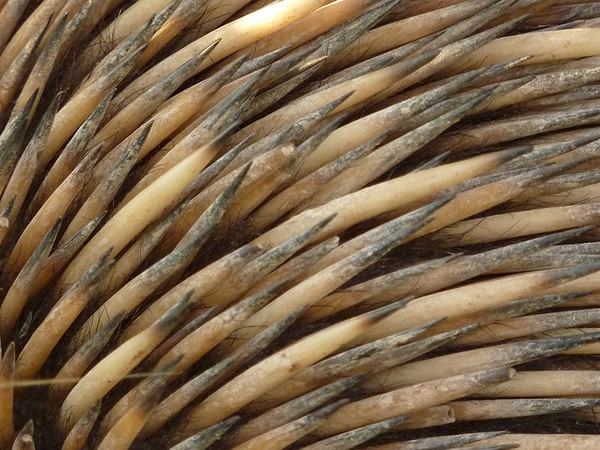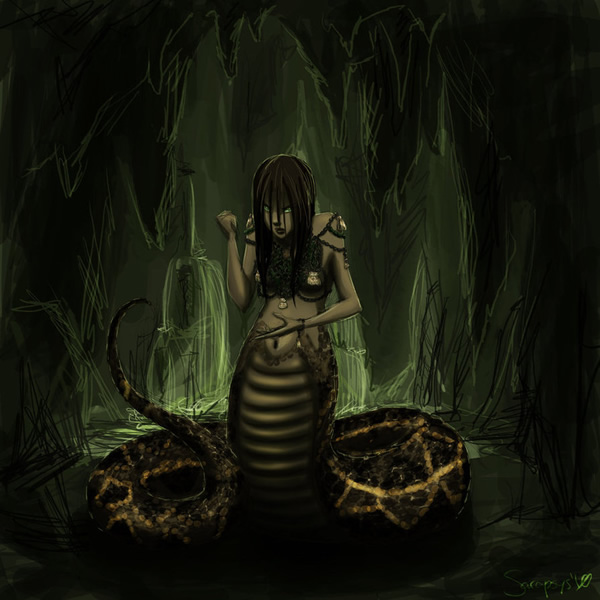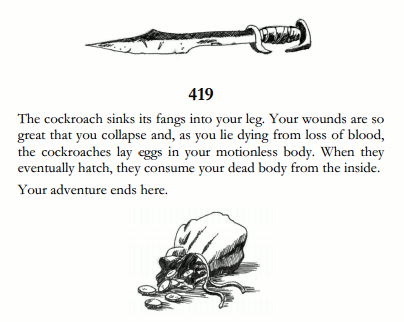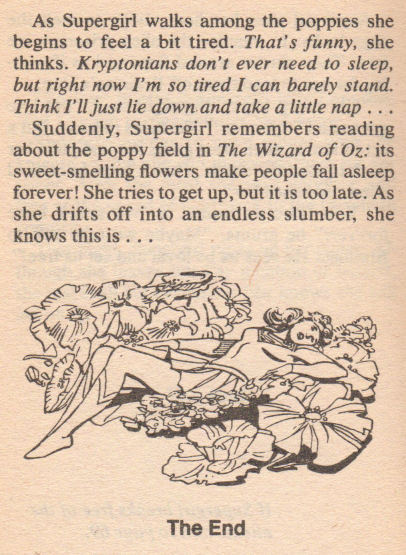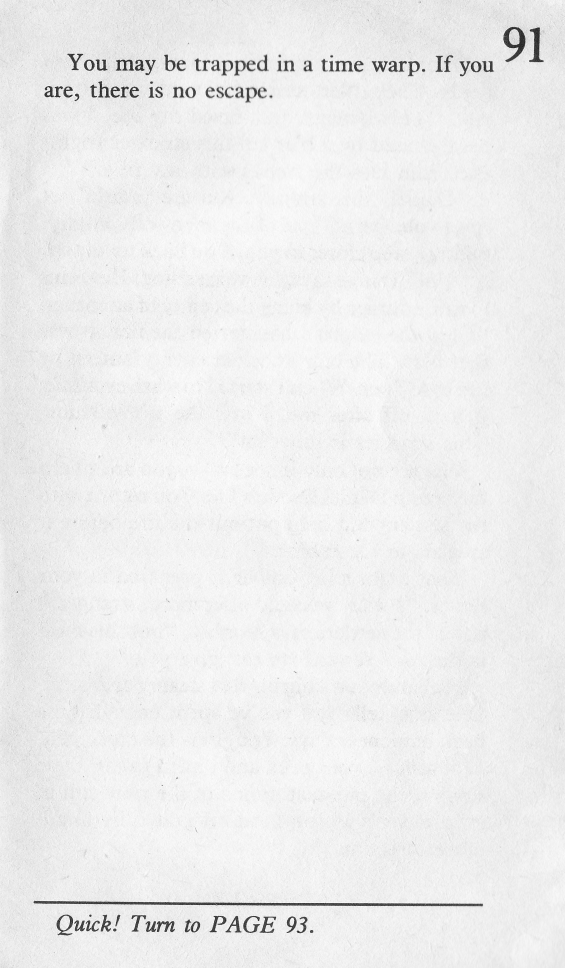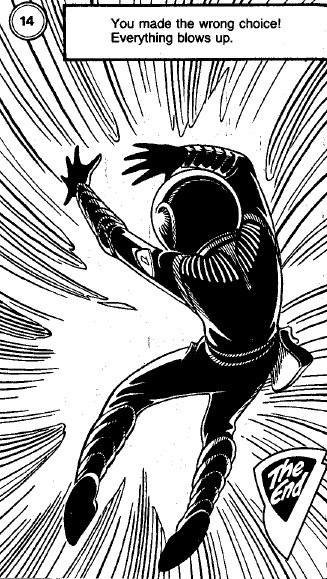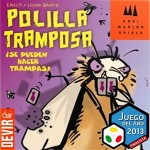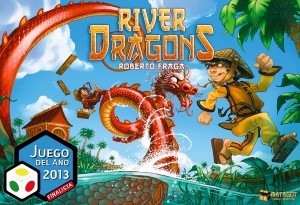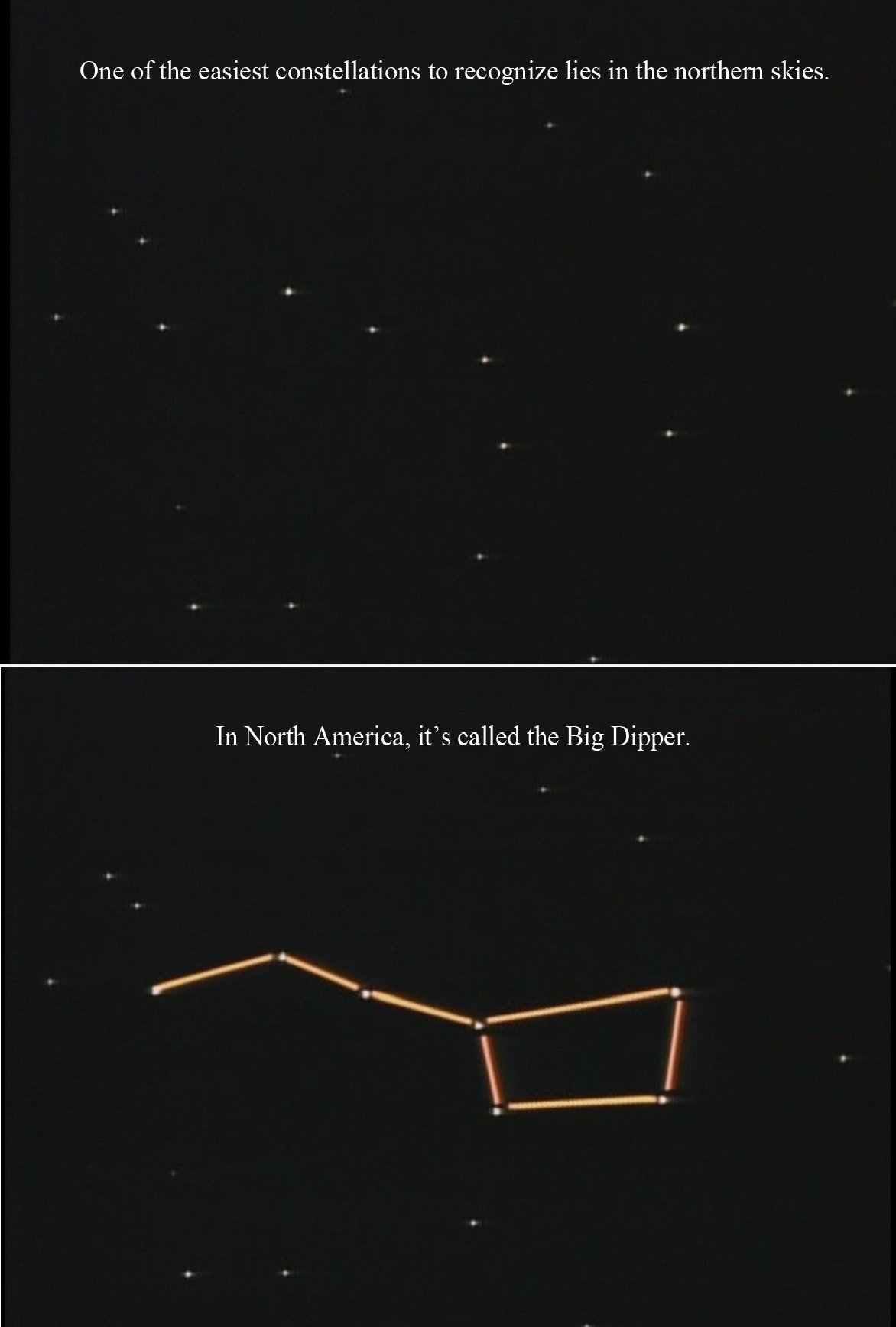
Me on the dancefloor at Mr M's, at the Fourth Anniversary allnighter, September 1977. Photo courtesy of Julie Bennett.
One Saturday night in 1975, I met my friend at a shop in Manchester that would, for certain, sell you Bronchipax: ephedrine capsules, the poor-man’s speed, banned now but sold without prescription back then.
We bought a packet each and swallowed the lot with tonic water: eight times the maximum adult dose. But what did we care about the adult dose? We were 15, and about to set off for the greatest dance club in the world.
We reached Wigan Casino around midnight with my mate’s cousin who was a “face” on the Northern Soul scene. That got us into a café nearby, packed—not with soul boys as I expected—but with music journalists from London, cool Italians in micro-sunglasses, American vinyl collectors and other global bohemians.
But I cared nothing for them. I shoved my way, like everybody else, through the door to the Casino and onto its vast, sprung maple dancefloor. There, in a steam-bath humidity that reeked of Brut, sweat and cigarettes, I executed spins and back-flips until I dropped—which was about half past four, doubled up with stomach cramps from the Bronchipax.
By 8 AM, I had recovered to the point where the following memory could imprint itself onto my brain: a kid with a quiff, in a leather jacket, doing long, slow spins through a shaft of sunlight. It was an endless, graceful movement, hands wedged to his hips, eyes fixed to a space beyond the horizon. He could still taste the Bronchipax. He was already hooked on Northern Soul.
It’s the first law of sociology that all youth subcultures eventually come back. Northern Soul’s latest karmic go-around involves very young kids from Wigan—aged 15 to 18—not only dancing to rare vinyl but wearing the full outfit: wide trousers and white socks copied from Tony Palmer’s 1977 documentary Wigan Casino.
But the second law of sociology is cruel: all members of revived subcultures are doomed to run into people who’ve survived the original thing and have kept it going underground, defiantly wearing the fashion even as the waistbands have to be let out.
So today’s 15-year-olds are outnumbered by thousands of oldsters from the 1970s still populating the allnighters that take place in the small halls of northern Britain, grumpily complaining about the no-talc rules on the dancefloor.
I left the original scene in around 1979 because the music—and the fashion—seemed stuck in a timewarp even then. So I wasn’t hugely encouraged to see the crowd at the Nuneaton Allnighter this August: fellow 50-somethings dressed in a variety of vintage clothing styles, one or two on walking sticks.

Inside Wigan Casino. Photo courtesy of Dave Molloy.
Amazingly, the thrill of the music seemed to smooth out all potential points of friction between the oldsters and the Spotify generation kids. And in any case, both scenes—revival and survival—are about to gain impetus from Elaine Constantine’s upcoming feature film, Northern Soul.
In fact the revival has partly happened because of the film. Constantine trained upwards of 60 young actors and extras to do the dance style. And the teenagers got so good at it that for some it became a way of life. The attraction for them is the same as it was for us.
“It’s just life!” says Lauren Fitzpatrick, who’s been leaping into the air to touch her toes in a flying splits move. “The thing I love when I’m dancing is when I see other people. I just feel like we’re all connected. If I wanted to go clubbing... well, the music’s just shit and the people, they’re starting fights and that. At a Northern Soul night it’s like a family.”
Picture the scene: the first Wigan allnighter opens on 23 September, 1973 amid a world of bleakness that even the brown-stained TV archive cannot do justice to.
The country is spiralling into social unrest. Not just the strikes and power cuts but the ordinary chaos that surrounds us: sports violence, knifings, terrorism, violent teachers, and paedophile priests. To alleviate the tension there is something called pop music, spoon-fed to you via “the charts” by, among others, a guy called Jimmy Savile.
In a handful of clubs the evolutionary process that quietly morphed late-stage mods into suede-heads and then soul boys is underway. At the age of 14, it explodes into my life at a youth club in Leigh.
Everybody is dancing like zombies, Top of The Pops style, when suddenly they put a record on that clears the floor. For a good 12 bars it’s just a black guy singing a capella; a cracked voice, soaring through a melismatic story of lost-girlfriend grief.
And then it cranks into rhythm: it’s Harold Melvin and the Blue Notes singing “Get Out (And Let Me Cry).”
And suddenly, in the empty space, three boys start dancing: not like zombies but like acrobats. And a crowd forms as everybody watches them spin, do drop kicks, the splits—all the time twisting their feet this weird, sideways, mesmerising step.
It was just three boys. But by the next week—after a long time spent in front of a full-length mirror—there were four.
At this point I had no idea what the music was. It sounded like Motown, only rougher; the bass was louder and the emotions more raw. Soon I learned to obsess about obscure labels – like Okeh, Ric-Tic, Mala and Cameo Parkway—and about the different pharmaceutical types of speed. Even if you’d never taken any you couldn’t avoid the brand names—Riker, Filon, SKF: they were tattooed all over people’s arms and, for the really committed, necks.
I’m clearer now what makes a Northern Soul record. The term itself was coined by writer Dave Godin in 1970, when he noticed northern football fans in his London record shop asking for stuff nobody had heard of.
This was already the music of a time past: the demo tracks of one-hit wonders, the short-run vinyl pressings of local singers, sold out of suitcases as they toured the soul clubs of industrial America. Most were made between 1965 and 1971—the golden age of soul before Motown moved to LA.
What had made most of these tracks flop was probably the very existence of Motown. The entire operation – we still called it Tamla – was there to commercialise black music, to create hits with strings, saccharine harmonies and choreographed dance routines. Paradoxically, much of this was done to make soul acceptable to a white audience. But the white audience in Wigan wanted different.
If you take three Northern Soul masterpieces—Frankie Karl’s “You Should’o Held On”, Rita Da Costa’s “Don’t Bring Me Down”, or The Precisions’ “If This Is Love”—you can hear what made them different to commercialised soul.
There’s the persistent use of the major seventh as a harmony chord; the guttural solo voice (both Frankie Karl and Billy Prince, lead singer of the Precisions, had been gospel singers); the unscripted call/response patterns of the backing groups; above all the mixture of pathos with emotional honesty and hope in the lyrics.

Dancers gather outside Wigan Casino. Photo courtesy of Gill Cousins.
The DJ Richard Searling described it as “deep soul with a dance beat,” but there are just as many traces of doo-wop, jazz (Da Costa was a jazz diva) and above all gospel. The sheer lack of emotional restraint is a straight lift from African-American chapel singing, and for me makes “gospel on the subject of sex” a better description.
Once the Northern Soul scene took off, Searling, together with other pioneer DJs, would comb through warehouses in the USA in search of mint copies of deleted 45s, bringing them back in small enough quantities to create scarcity. Searling recalls:
“In Philadelphia there's a warehouse called House of Sounds and it's about the size of a cotton mill. I was left there in the morning, picked up at night, with the noise of the rats in the warehouse scurrying around; no radio for company just sandwiches for lunch.
“I found one copy of a record by Johnny Moore called 'Walk Like A Man' that was snapped in half. And when I got back to the UK I found out there was just one other copy in circulation—owned by a guy who’d got there before me. He said, ‘There were two but I snapped the other one so I could have the only copy.’”
If this sounds like the behaviour of crazy obsessives, that is what Northern Soul did to you. And to my 14-year-old self it made not just the music of Abba, Status Quo, Bowie, Roxy Music but also the Jackson Five and the Three Degrees sound like what it was: commercialised shit.
Because there was no internet, no YouTube, no carefully researched discographies – and because DJs like Searling purposely disguised the identities of records to keep them priceless – if you wanted to hear the music you had to go. And that meant going to Wigan.

Me, my mate Kev, and my Mini, outside Wigan Casino in 1977.
By 1977 I had a regular place on the dancefloor at Wigan Casino. Not at the front among the elite but at the side. When you meet people who went to the Casino the first thing they always do is draw an imaginary plan of the venue in the air and ask: “Which part of the dancefloor did you dance on?”
Constantine's film shows people taking handfuls of speed capsules, but that wasn't my experience. Any contact with speed dealers then was expensive and dangerous: the scene was crawling with plainclothes drug squad. In the early 70s the soul scene had been fuelled by pharmaceutical speed, stolen from chemist shops. But as drugs were withdrawn even from prescription, and the shops made more secure, “backstreet” amphetamine sulphate powder came onto the market.
Even in that short time I saw people destroyed by it: having to crush it and inject it to get the same buzz they were getting off three capsules a year before. In soul culture there had been an explicit and deep hatred of the drug paraphernalia of the rock scene—the syringes and the junkie lifestyle were as detestable as kaftans and patchouli perfume.
But by the end, you could always see “works” on the floor in the toilets at Wigan, and blood on the walls. Since the water taps were always broken there were lurid stories about people cranking up with water out of the toilets, or from the puddles outside.
And there were some tough bastards at Wigan. Elaine Constantine found some of them for her book-of-the-movie (Northern Soul: An Illustrated History, Virgin 2013). Chris Brick, who would do 30 months in jail for running a backstreet sulphate operation, recalls:
“People were bringing the chemist with them to the allnighter. There was a lot of anarchy in this. This is not some fabricated punk rock anarchy that was orchestrated down the King’s Road. I mean we were really involved in anarchy here.”
And though I was keen on anarchy, I was also quite keen on English Lit, and they didn’t offer it at A-Level in youth offender jails back then. I mostly attended Wigan armed only with ProPlus and dextrose tablets.
Even without speed you were able to experience the massive euphoria that was the defining atmosphere about an allnighter. I am convinced it was the product of the collective empathy that took place on the dancefloor, and not just the drugs. You could feel it kicking in outside before the Casino opened, in the two hours after midnight: people became tense, elated, subconsciously connected.
I might be the only person who’s experienced both Wigan and, say the Taksim Square occupation in Istanbul this year, so this is hard to verify: but I think these very different atmospheres shared something in common. There was something overtly rebellious and subconsciously political about Wigan. Like with a riot, or an occupation, you could tell immediately, through eye contact, who was feeling the buzz.
What we were doing, back then, was rewriting the rules of being white and working class. We knew exactly what it meant to dance to black music in the era of the National Front and the racist standup comedian. Ours was a rebellion against pub culture, shit music and leery sexist nightclubs. Our weapon was obscure vinyl, made by black kids nobody had ever heard of.
Northern Soul dancing was, of course, a male thing. There were superb female dancers, but the atmosphere on the dancefloor was male and we outnumbered the girls maybe four-to-one. Despite all the muscle and flesh on show it was not homo-erotic; but you laid your emotions viscerally bare. Elaine Constantine describes the shock this caused, at a youth club in Bury in the mid-70s:
“I saw these lads, older lads from school, who would never show any emotion, were suddenly in this dramatic situation where they were a spectacle, and they didn’t give a shit. I said to my cousin: what’s this? She said, ‘It’s Northern Soul!’”

Me with then girlfriend Julie Bennett at the Ritz Alldayer in Manchester, summer 1977. Photo courtesy of Julie Bennett.
To mark the 40th anniversary my BBC producer has persuaded me to dance, on camera. Fran Franklin, who first went to Wigan the same year as me, and has been a dance adviser on the film, has been drafted in to help.
The daughter of an African-American airman, Fran was one of maybe two dozen black regulars at Wigan. I don’t recognize her when we first meet, but I do recognise the Afro she used to wear, when I see her photos from the time.
I thought I would still have muscle memory of the dance movements but once she gets me going it’s clear that I am missing a step out of the basic pattern. I can spin, though. But the results of attempting to do a backdrop I am hoping will be left on the cutting room floor. It doesn’t help my confidence that Fran’s key instruction to the 16-year-olds in the film has been “dance like your granny”.
We dance to Dobie Gray’s “Out On The Floor”—and even after just two minutes, 30 seconds I realise why so much speed went down on the original scene: my heart rate’s knocking against its aerobic maximum.
I ask Fran what did it feel like to be black among these poor, white, working-class kids spoon-fed racism on TV and by the workplace joke-culture? Her answer tells the whole story of what’s happened inbetween:
“For me it was like: ‘I fit in!’ I’ve got a family. Every single person I ever met on the scene felt like my brother or my sister. We went through good times, lost people, but came together at the end of it, as one.”
Northern Soul was not some isolated cultural quirk. It was the crest of a wave of working-class culture: rising literacy, social mobility and solidarity. We had no idea all this was about to be destroyed—by mass unemployment, the criminalisation of poor communities and industrial decline. But I think we sensed we were at the high point of something.
In the 1977 documentary, the key character, Dave Withers, says that if the Casino closed, “it’d be instant nostalgia; I’d be looking back for the rest of my life”. And after that documentary came out you began to get a meme of sadness and regret in the some tracks that became popular on the scene. “Time Will Pass You By,” “It’s Not The Same,” “It’ll Never Be Over For Me”… these are the tracks old soulies use now to cover montages of their photos from way back, on YouTube. These are the tracks whose titles people get tattoed on their forearms, or specify for their funerals.
But the nostalgia was already there on the soul scene by the late 70s because—faced with a political onslaught that was about to destroy working-class self-respect and culture—it had no new musical resources to draw on.
A second dancefloor opened up inside the Casino, called Mr M’s and dedicated to playing “oldies”—that is, to ignoring the influence of funk and disco on black music. Though the only picture I have of me dancing at Wigan shows me on the floor at M’s, musically I was on the other side.
If I could only grab one soul record from a burning house it would be Mel Britt’s “She’ll Come Running Back,” recorded in 1972 and already infused with the musical ingredients of funk: syncopation and a static chord progression.
Eventually I drifted away from the scene because it did not respond to the social landslide that began in 1979: punk, new wave, funk and hip-hop did.
But Northern Soul’s legacy was to give birth to the modern dance club. When the rave scene started in the 1980s, ex-Northern Soul DJs (and drug dealers) recognized it as a kind of second coming. And today if you want to experience some of the mania, working-classness and speed-enhanced goodwill, a Gabber night might come close, although there’s a deathly absence of humanity inside the music.
There used to be a saying on the Northern scene: “It’s all about the music.” And I think that’s what abides. Today I see it as an unconscious act of communication, across time and space, from a generation of confident, educated, politicised black people in 60s America to a rising generation of white working-class kids in 70s Britain.
It said: our hopes and communities will soon be smashed, and so will yours. But while it lasts let’s have some honesty and some beauty and some fleeting, euphoric friendships amid a room full of strangers.
That’s why for me Northern Soul is not about nostalgia for the past. It’s nostalgia for life as it could be lived in the future, if people in towns like Wigan and Detroit ever throw off all the poverty and criminalisation that got imposed on them in the decades inbetween.
Follow Paul on Twitter: @paulmasonnews
More dance:
WATCH – Donk
WATCH – Big Night Out: The Gabber Night
Things That Need to Disappear from Dancefloors Forever

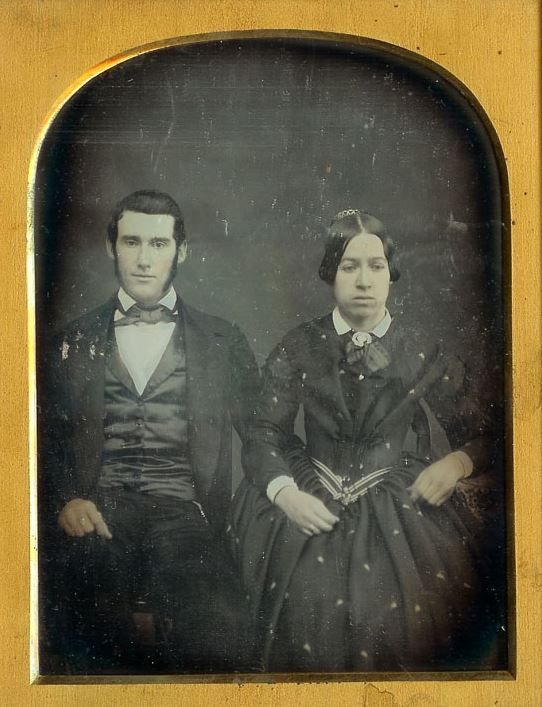 (Photo:
(Photo: 

